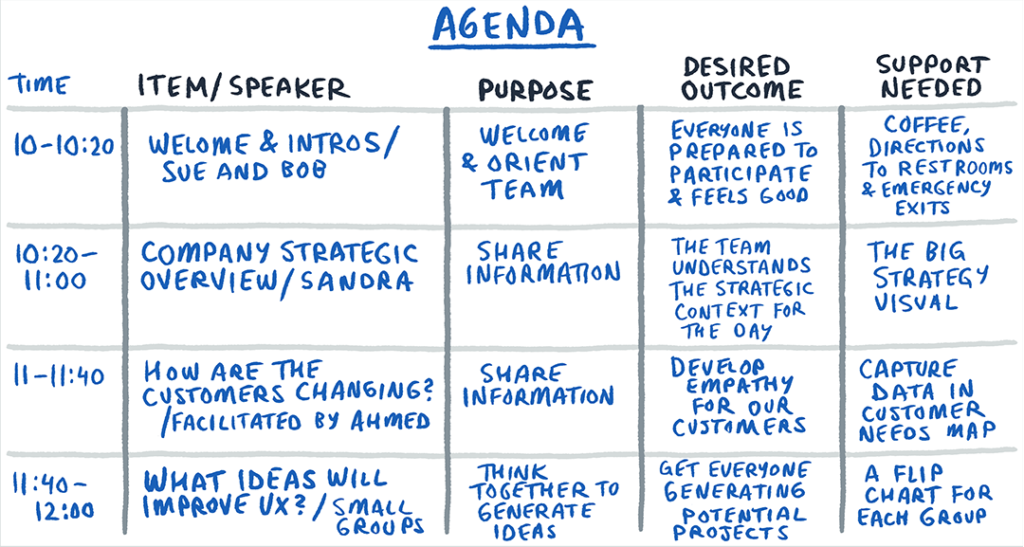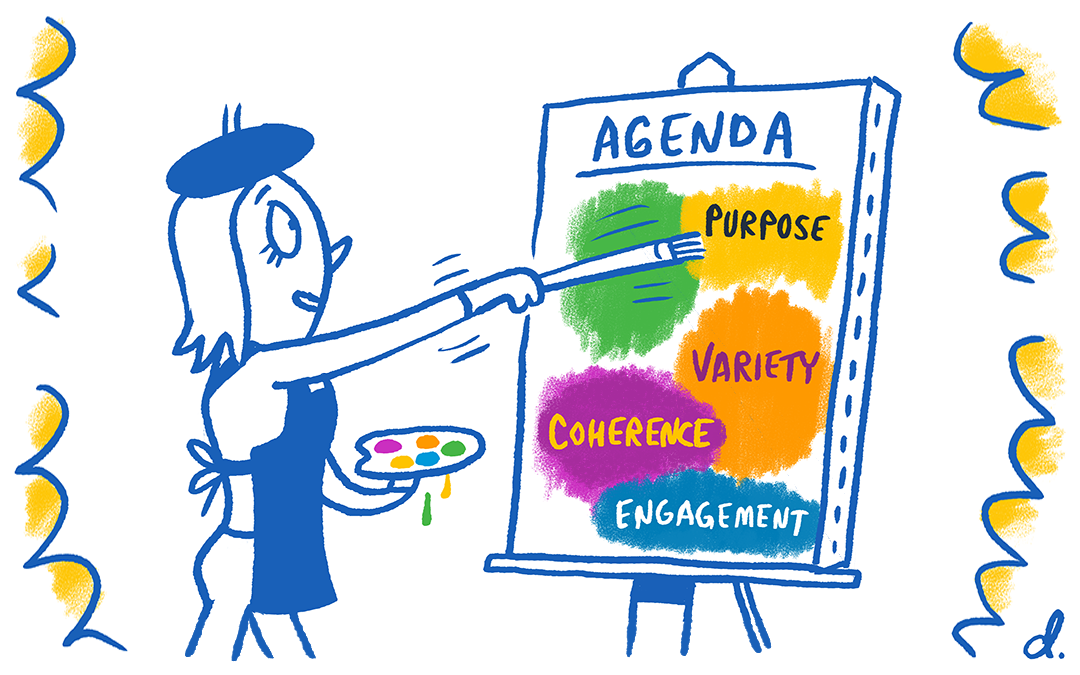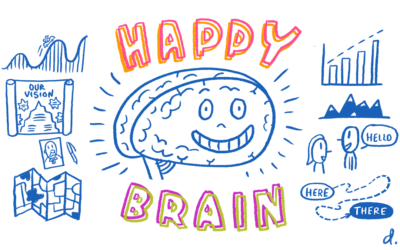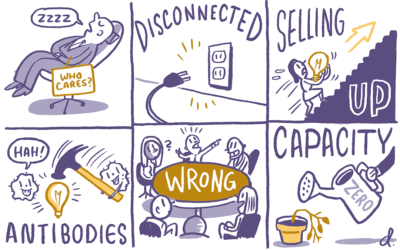Art of the Agenda
Chances are you run meetings, maybe lots of them. I run meetings too, mine are some of the most high-stakes, high-exposure meetings anywhere, ones that involve CEOs and senior leaders and affect the strategy and direction of the business.
Designing a great experience is important and that starts with a solid agenda.
Here are a few tips for designing agendas that will make your meetings effective and inspiring––and eliminate (most of) the risk.
1 – Get Clear on Your Meeting Purpose
Below are nine potential purposes for people to meet (you may think of more but make sure they’re specific). For each item on your agenda, ask yourself, “What are we doing here?” Note your answers in the margin next to the corresponding item.
- To learn something
- To think together and generate ideas
- To address or solve a problem
- To make a decision
- To answer a question
- To update or announce something that requires no action
- To sort out a dilemma
- To share information that people need
- To raise an issue but propose it wait till another time
Once you know the purpose of each agenda item, you can more intelligently design the meeting flow and experience.
Is the sequence logical? Are you asking participants to make a decision before they’ve had a chance to hear and discussed the proposal? If you’re having trouble naming the purpose of one of your agenda items, it’s probably a sign that your meeting can do without it.
2 – Make the Content Coherent
Now scan the agenda items for content. Is it coherent? Is there a logical progression, or do the parts feel disconnected?
A quick way to parse out content is to jot down whether an item addresses the “Why,” the strategic vision, or whether it addresses the “How,” how things are done? Determining why and how brings the content into focus and suggests the right structure.
Reflecting on what you’ve learned about your agenda items, you’re ready to consider the experience.
3 – Vary the Experience
Now it’s time to think logistically about the structures of your conversations (For more about structures see my post: Turn Over All Your Crappy Meetings to Robots).
To hold people’s interest, shake up the experience from one conversation to the next. Ask yourself what type of conversation best serves the purpose of your agenda item.
For one, a speaker in presentation mode might be okay. But we all know from experience that four presentations in a row becomes tedious. Could the purpose be better served by breakout groups? How about a facilitated discussion with a visual map?
Any exercise that will get people standing up and moving around the room will boost the group’s energy.
For fun, you might take a look at Sue Weinschenk’s 5-minute video, titled, 5 Things Every Presenter Needs to Know About People. She shares some astonishing facts about the optimal attention span for people watching presentations (spoiler: think twenty minute chunks), and some other tidbits about how varying meeting experiences can keep people engaged.
4 – Get Clear on Your Desired Outcomes
Finally, if you really want to battle test your agenda, fill out a grid like the one pictured here. I use this for extremely risky meetings where meeting malfunction is simply not an option. (Note: this annotated agenda is just for you and your fellow meeting organizers. The agenda you would show to the meeting attendees would only include the first two columns.)

Notice that this grid asks that you identify a desired outcome for each conversation. Outcomes could be “decision is made,” or “team is aligned on the purpose of the project proposal.”
It also asks for the support that’s needed to be effective, like a supporting subject matter expert to field technical questions, or a simple diagram that helps convey the content.
Yes, this grid requires some extra work, and you might get pushback from your colleagues, but the risk-reducing impact makes it well worth it. Once you know what good looks like you can confidently design even the scariest meetings.
The four tips above take a bit more work than you’re probably used to, but they will make your agenda bulletproof–– less risky, more coherent, and more inspiring. And your attendees will thank you.




